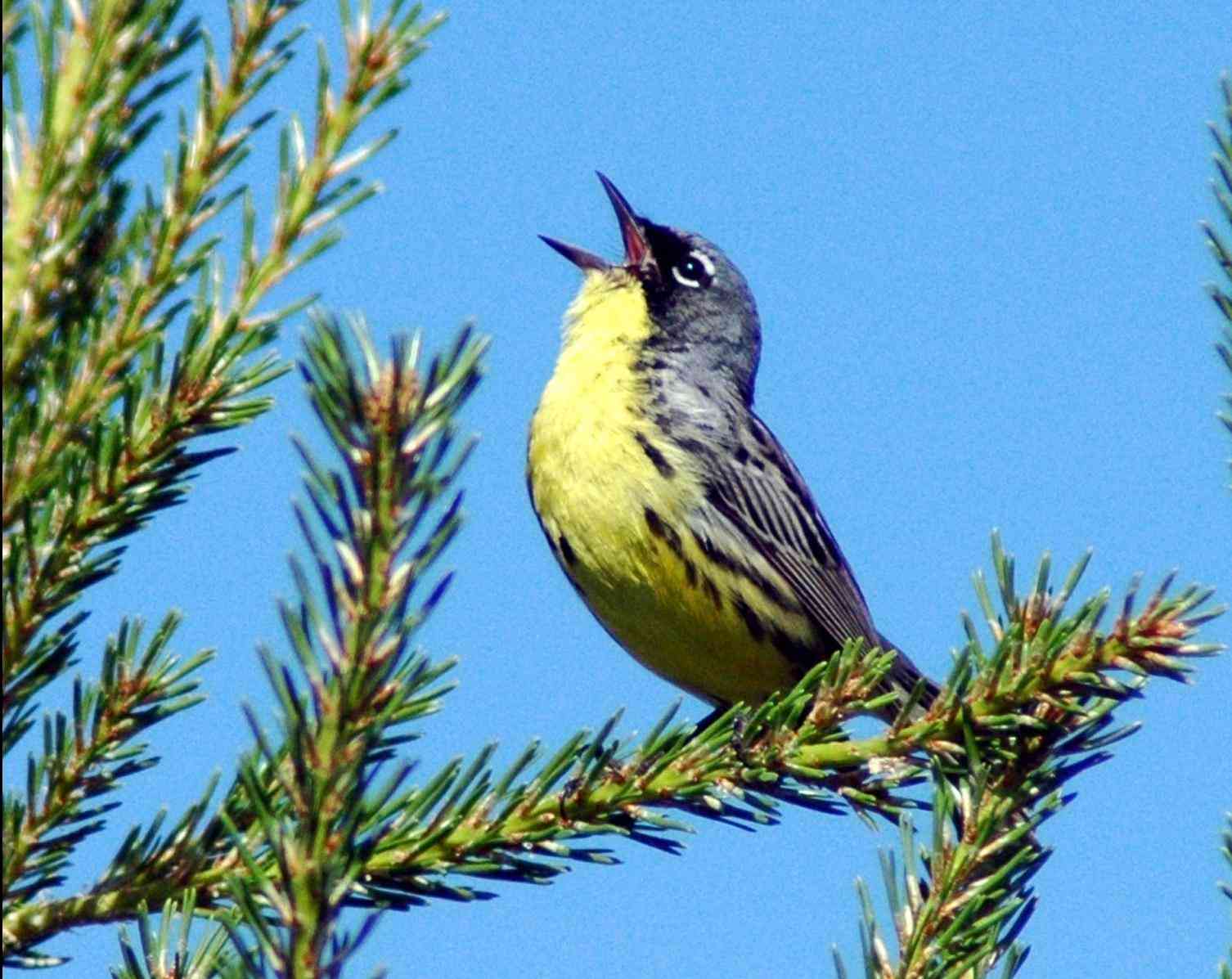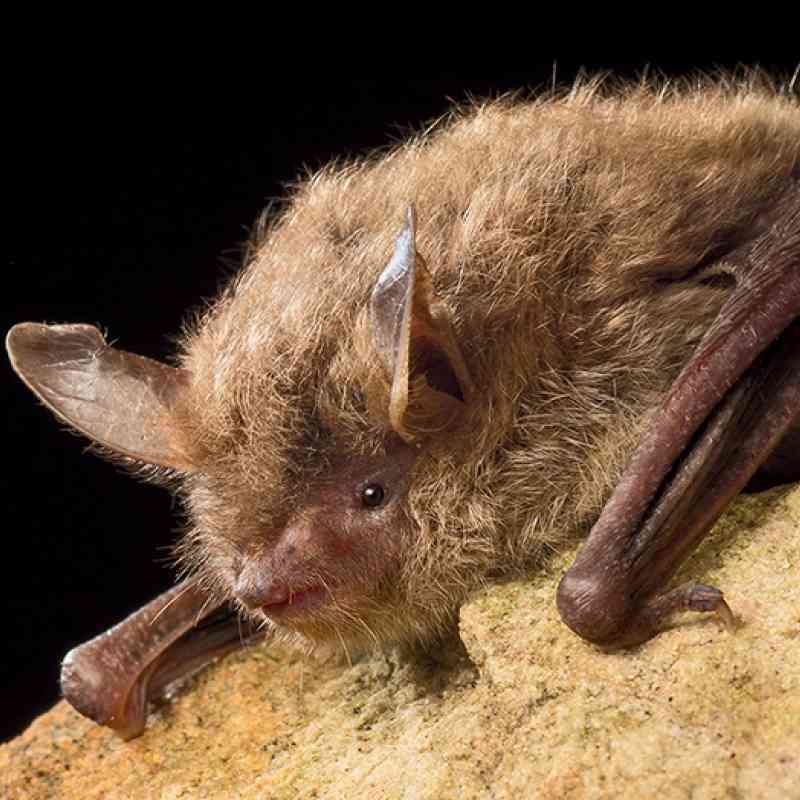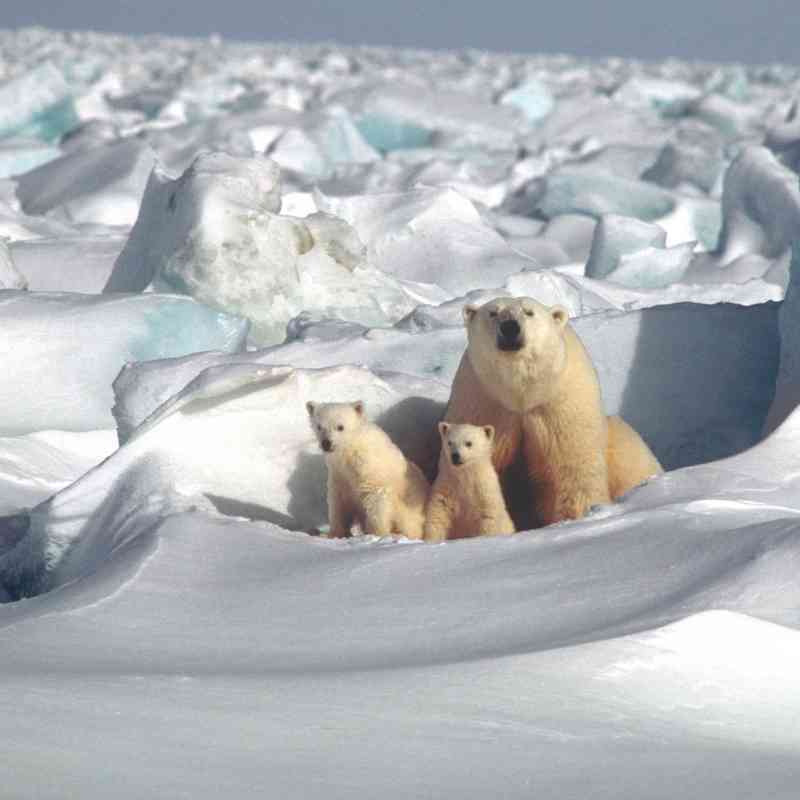The U.S. Fish and Wildlife Service will propose delisting the endangered Kirtland’s Warbler, a gray and yellow songbird that ranges from the Great Lakes to the Bahamas. The bird was one of the original species listed under the Endangered Species Act and over the last 50 years has improved from about 200 breeding males to nearly 2,400 today.
The following statement is from Jamie Rappaport Clark, president and CEO of Defenders of Wildlife:
“This is a story of success. Habitat loss and nest parasitism nearly drove the Kirtland’s warbler to extinction. But thanks to the collaboration and scientific research that the Endangered Species Act requires, we were able to recover this songbird for future generations.
“The Endangered Species Act is our nation’s most effective law for protecting wildlife in danger of extinction. It allows for flexibility in protecting endangered wildlife and requires that federal, state, tribal and local officials work together to save species. The decision to remove the Kirtland’s warbler from the list of endangered species is a testimony to the law and a great conservation accomplishment.
“But the work to protect the Kirtland’s warbler continues. Better habitat management gave this bird a chance at survival, but climate change brings rising seas to the bird’s winter home. The survival of this bird is reliant upon our commitment to protect the biodiversity of our wildlife and wild lands. So goes nature, so goes us.”
Background
-
The Kirtland’s Warbler was one of the original species listed under the Endangered Species Act (ESA), having been first listed under the Endangered Species Protection Act in 1967. At the time of listing, there were an estimated 200 breeding males - demographically very poor status.
-
The major threats to the species were habitat loss from lack of management of jack pine stands and brood parasitism by Brown-headed Cowbirds. The species narrow range - the northern Lower Peninsula of Michigan - and unknown wintering habitat added to the risk assessment for the species at the time.
-
Since listing, the number of singing males has grown from ~200 to ~2,400 (2015 surveys) across the northern Lower Peninsula of Michigan. The recovery plan (1985) includes the criterion of at least 1,000 breeding pairs. Furthermore, a 2017 population model indicates that the population is expected to remain stable over the next 50 years assuming current management; and remain stable or decline only slightly if cowbird management was reduced.
-
While the main threats to the species have been addressed or are managed, one outstanding risk is noteworthy: climate change could threaten the species. The fact that the warbler’s winter range is restricted to The Bahamas could be a problem: sea level rise could inundate the islands, or hurricanes may be more frequent, and could destroy the warbler’s wintering habitat.
Defenders of Wildlife is celebrating 75 years of protecting all native animals and plants in their natural communities. With a nationwide network of nearly 2.2 million members and activists, Defenders of Wildlife is a leading advocate for innovative solutions to safeguard our wildlife heritage for generations to come. For more information, visit defenders.org/newsroom and follow us on Twitter @Defenders.


